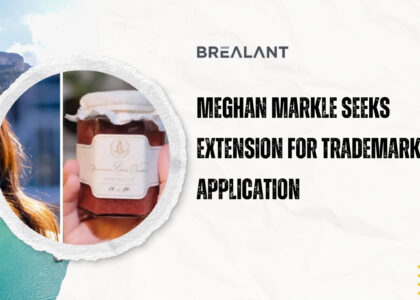

What Are The Criteria For Patenting My Invention?
The nation’s sovereign gives the Patent for the invention that the inventor(s) claims, and it grants those individuals territorial rights to bar others from producing, utilizing, selling, proposing to sell, or importing that invention. Every nation has its own standards for evaluating innovation to receive the issued Patent, which is necessary for enforceability. The usual standards for appraising an innovation are novelty, inventive step/non-obviousness, and industrial applicability.
The criteria for evaluating an invention are listed below:
To qualify for a patent, an innovation must be a technique or a product that:
- Novelty:
The invention must produce new information, a new good, or a new method. The document, granted Patent, published Patent, non-patent literature, or any other form already in the public domain should not anticipate it. It must be distinct from what is currently understood.
- Inventive Step:
The creator must have contributed some original ideas to the innovation. It should be something that an expert in the field would not anticipate. The technical solution offered by the inventor will not be regarded as innovative if the person experienced in the art from the same area provides the same answer using his acquired knowledge or by receiving instruction, suggestion, or motivation.
- Industrial Application:
Patents are issued to guarantee that the creator may freely use their innovation without worrying about the rivalry. The invention in this situation must be usable and have industrial applications. A product or procedure based on an invention should be produced or used.
- Non-Patentable Subject matter:
An invention must also be related to the subject matter of a patent. Each nation has its own standards for determining what is patentable. The list of non-patentable topics is explicitly addressed in India.
For instance: Simple discovery, abstract theory, the discovery of living or non-living things, the discovery of a new form of a known substance, simple admixture, simple arrangement or re-arrangement, method of horticulture or agriculture, surgical process, mathematical or business method, algorithm or computer program per se, simple scheme or rule, the topology of the integrated circuit, literary or artistic work, presentation of information, trivial invention, or anything contrary to the natural laws
Conclusion
It is evident from the discussion above that the issued Patent calls for several verifications and approvals. Each Government evaluates the claimed invention following its own established law, regulation, or standards. To prevent the Patent Office from rejecting a submitted Patent application, it is worth checking and adhering to the country-specific Patentability requirement.







